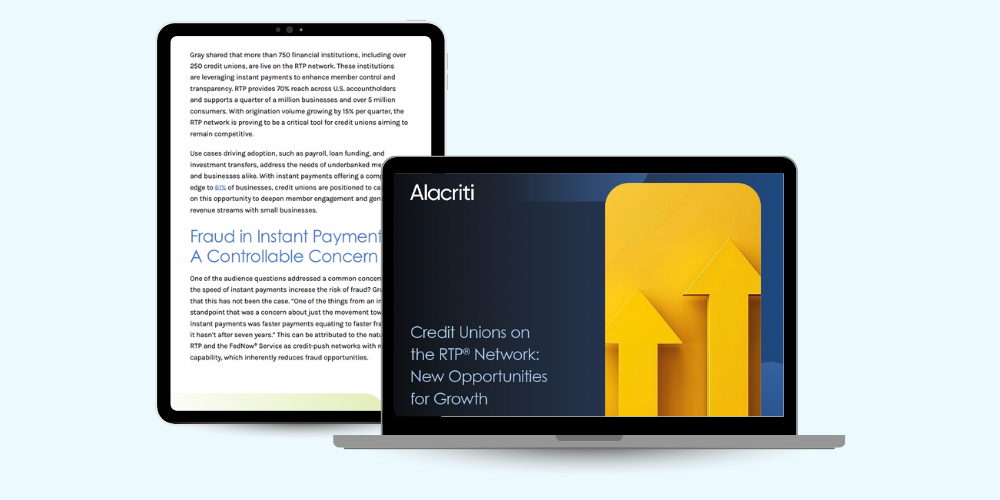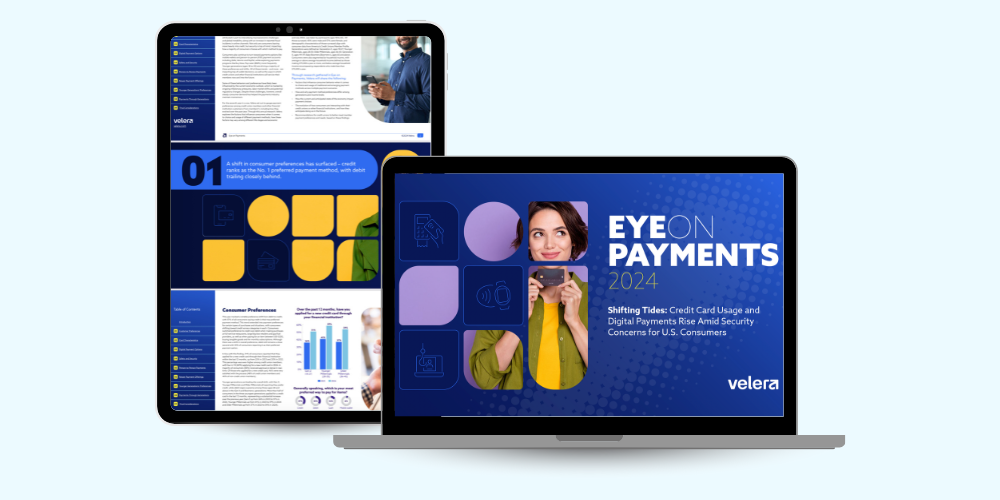In an increasingly complex financial landscape, understanding the psychological factors that influence consumer payment choices is essential for credit unions aiming to enhance member engagement and achieve long-term growth.
In a recent report published in partnership with Mastercard, Velera examined the psychology of payments and the differing mindsets of consumer groups when making payments decisions. Below are some of these findings, which include key behavioral patterns, motivations and insights that credit unions can leverage to develop strategies and align offerings to ultimately build stronger, more meaningful member relationships and experiences.
Understanding the mindsets of budgeters and non-budgeters
Consumers can be broadly categorized into two distinct mindsets: budgeters and non-budgeters. Each group exhibits different behaviors, preferences and psychological triggers when it comes to payment methods, influencing their overall use of credit and debit cards.
- The budgeter mindset: Budgeters are characterized by a proactive approach to financial management. They plan ahead, save and are generally confident in their ability to manage finances. Budgeters view credit cards not just as a means of payment, but as a tool to enhance their financial strategy. They prefer using credit cards for larger purchases and occasions where they can maximize rewards or benefits, such as travel, electronics or unexpected expenses. That said, they are also comfortable using credit for more routine, everyday transactions as well.Budgeters also demonstrate strong mental accounting behaviors, where they categorize money into specific "pools" for different purposes. This group is less likely to make unplanned purchases and is more inclined to use credit cards for transactions that offer future benefits (i.e., rewards or cashback programs). For budgeters, the concept of credit as a strategic tool is deeply embedded in their financial mindset.
- The non-budgeter mindset: Non-budgeters, on the other hand, exhibit a more immediate and less structured approach to spending. They tend to focus on getting through the week, managing immediate needs and often feel less confident about their financial management skills. Non-budgeters are more likely to use debit cards for day-to-day purchases, such as groceries, utilities and smaller household items.This group resists the habit of using credit for everyday expenses, and typically avoids credit cards due to concerns about debt, high-interest rates and previous negative experiences. They might turn to credit for high value purchases, but do so with less frequency. For them, financial stability is about avoiding the temptation of "easy credit" and maintaining control over their expenses.
Personalization: The key to member engagement
Understanding these mindsets and preferences can allow credit unions to tailor their offerings and communications to align with members' habits and mindsets. While personalization has become a buzzword in financial services, for credit unions, it represents a critical strategy for increasing member engagement and loyalty.
- Strategies for engaging budgeters: For budgeters, credit unions should focus on offering self-service tools and feature-rich rewards programs that allow them to amplify the value of their credit card usage. These members are motivated by gamification and rewards that recognize and celebrate their proactive financial behavior.Budgeters are less influenced by low annual percentage rate (APR) and balance transfer offers, as they typically do not carry a credit balance month-to-month. Instead, they respond better to options that provide long-term benefits, such as cashback programs that contribute directly to savings or exclusive access to events and experiences. Offering a range of product choices and personalized experiences can enhance their engagement and reinforce their loyalty to their credit union.
- Strategies for engaging non-budgeters: For non-budgeters, many of which require more guidance and support, credit unions should provide tools that promote financial wellness and self-control. This could include spending alerts, automated savings plans and features that help members track and manage their expenses. Offering clear, straightforward product choices and providing personal support through financial advisors or targeted communication can help build trust and confidence among this group.Non-budgeters are more receptive to incentives like cashback and low-rate balance transfer offers, which allow for more immediate, tangible benefits. By educating these members on how to use credit responsibly and highlighting the benefits of using credit for specific occasions, credit unions can help non-budgeters become more comfortable with credit usage over time.
Building a member-centric experience
To realize success and grow, credit unions must adopt a member-centric approach that considers the unique mindsets of budgeters and non-budgeters at every stage of the member journey and lifecycle. This includes:
- Promotion: During the acquisition stage, differentiate messaging based on the target audience. For budgeters, highlight long-term benefits and opportunities for financial growth. For non-budgeters, emphasize security, financial guidance and overcoming obstacles.
- Onboarding: Provide budgeters with self-service tools and future-oriented information to stimulate usage. For non-budgeters, offer step-by-step guidance and hands-on support to build confidence and ease them into a more structured financial routine.
- Spending: Engage budgeters through gamification, rewards and regular spending summaries. Give non-budgeters tools and services that help them control spending and stay within their budgets, such as spending alerts and payment controls.
- Redeeming: Tailor loyalty programs to meet the distinct preferences of each group. Budgeters value choice and flexibility in rewards, while non-budgeters prefer straightforward cashback options with clear redemption paths.
- Building relationships: To foster long-term relationships, focus on convenience and personalized support. For budgeters, underscore products that demonstrate long-term value and savings. For non-budgeters, deliver security features and simplified options to help them navigate their financial journey.
Becoming a trusted partner in financial wellness
Understanding the psychology of payments through members' emotional drivers and behaviors arms credit unions with the power to engage with their members more meaningfully. By customizing strategies to the distinct mindsets of budgeters and non-budgeters, credit unions can become the go-to partner in their members' financial journeys, helping them achieve their financial goals and long-term ambitions. This will also foster the building of stronger, more resilient relationships with members that will drive credit union growth and loyalty for years to come.








